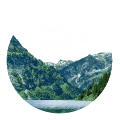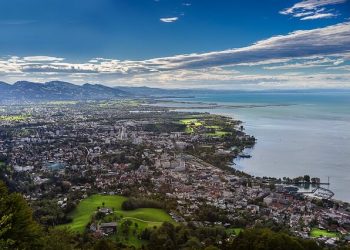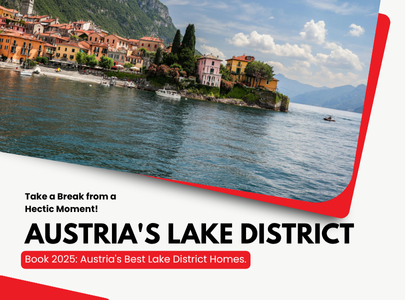The Jewish Museum of Vorarlberg presents the life of the Jewish community in Hohenems, which used to be very active. As early as the 17th century, a synagogue, a mikveh (ritual bath), a school, a soup kitchen, and a cemetery were established in the town. Later, a bank, an insurance company, and a café, all under Jewish ownership, opened their doors in Hohenems. At its peak, the community numbered about 600 members and constituted about 10% of the total population living in Hohenems. In the heart of the town, there was a large and splendid quarter where the Jews lived. The ancient Jewish quarter was centered around two main streets:
- Christengasse (Christians’ Alley)
- and Judengasse (Jews’ Alley)
The terrible Holocaust completely destroyed the community, and in 1942, all the Jews of the town were deported and sent to concentration and extermination camps.
The main synagogue remained unharmed after Kristallnacht, but after the deportation of the Jews, it was converted into a fire station, and all its Jewish symbols were removed or destroyed. Today, the synagogue has been partially restored and serves as a music school and an event hall. The ancient mikveh, the Jewish school building, the soup kitchen, and various villas of wealthy Jews have survived and are now considered an Austrian heritage and conservation area.
At the edge of the city lies a 17th-century Jewish cemetery, with tombstones of the city’s Jewish residents preserved to this day.
In 1991, a Jewish museum was established in one of the old quarter’s buildings (the Heimann-Rosenthal Villa), focusing on the history of the community that was in the town and its surroundings. The museum helps to preserve the memory of this important community, which contributed greatly to the regional development.
The museum deals with Jews in Europe, Israel, and the world, touching on significant topics such as immigration, anti-Semitism, etc. Its permanent exhibition documents the history of the Jewish community in Hohenems, which existed for three centuries until its destruction during the Nazi regime. The museum presents the stories of the people who survived and their families, as well as individual documents and objects that were not destroyed and describe in part the life of the local community.
The museum also has a nice café.
A brief glimpse into the exhibitions of the Jewish Museum of Vorarlberg
Essential Information for Visiting the Jewish Museum of Vorarlberg
Opening Hours:
Tuesday to Sunday and on holidays from 10:00 AM to 5:00 PM.
Cost:
- Adult – €9
- Senior, Student, Person with disabilities – €6
- Free entry for children and teenagers up to the age of 16.
- It is possible to arrange group tours in Hebrew.
Contact Email: office@jm-hohenems.at
Address: Villa Heimann-Rosenthal, Schweizer Straße 5, Hohenems
Map:
From the museum, you can continue to the city of Bregenz and the impressive Lake Constance. Read more information about these places in the detailed article we have prepared.


















